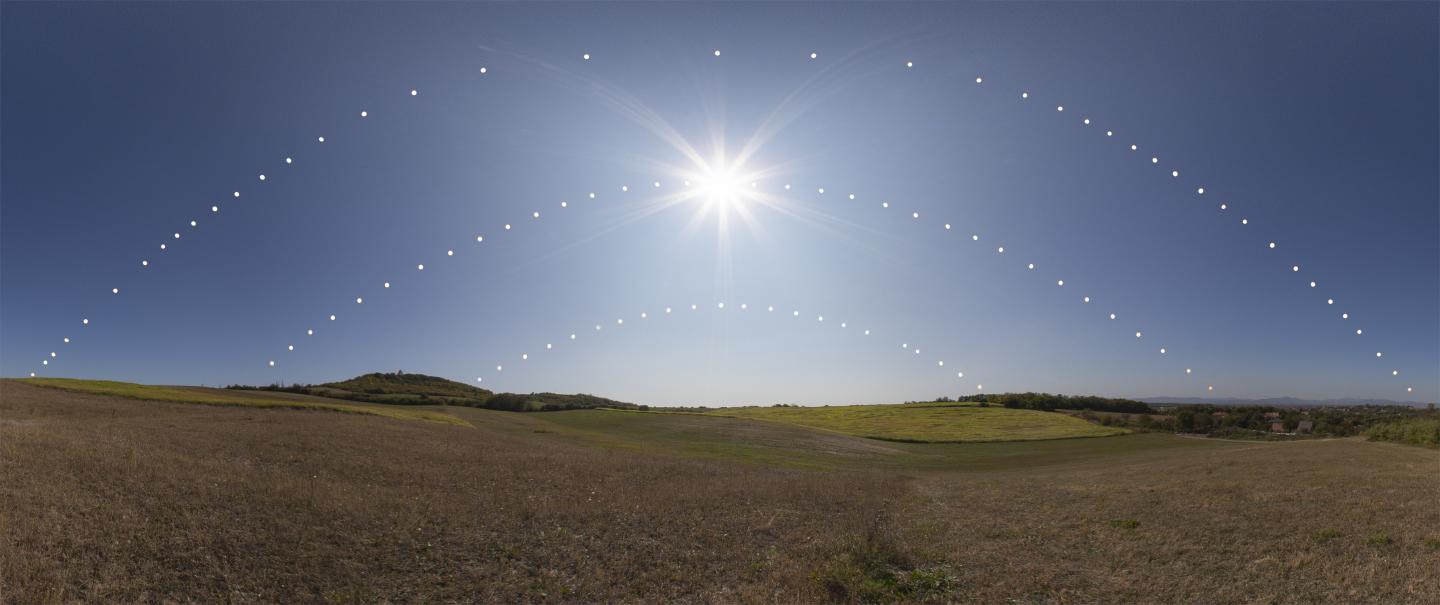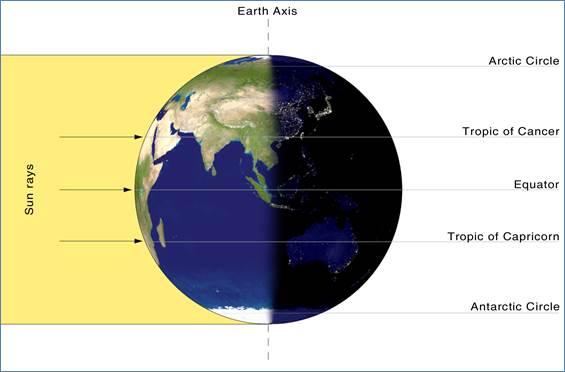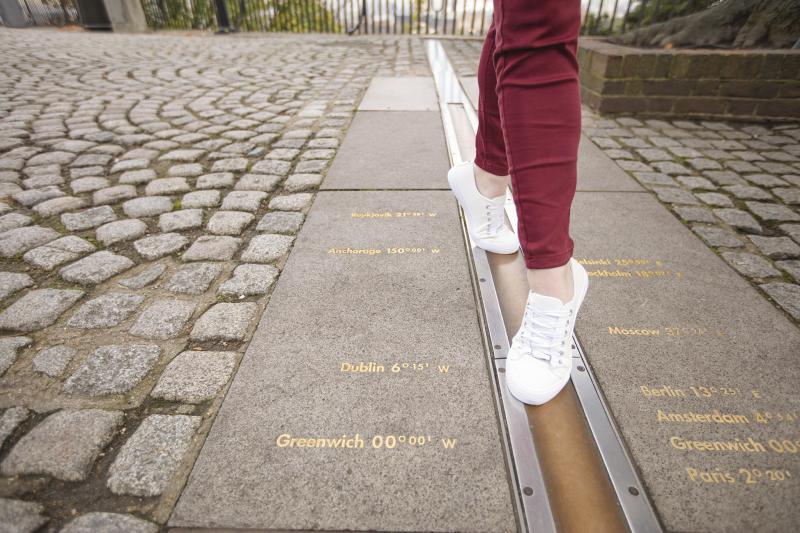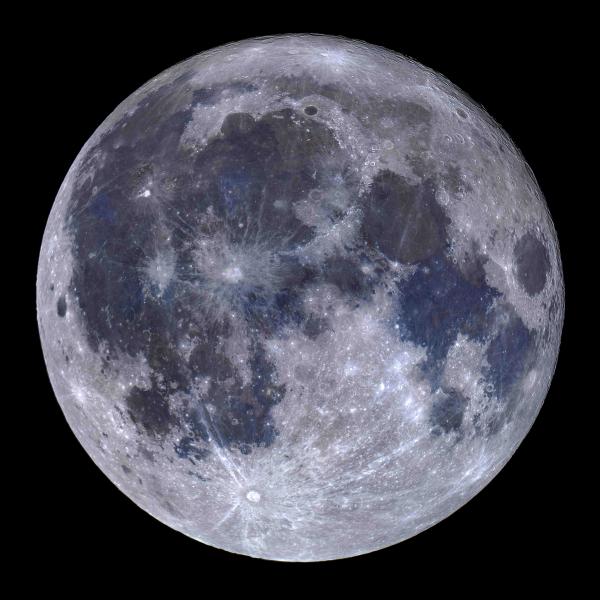
When is the summer solstice in 2025?
In 2025 the summer solstice will occur on Saturday 21 June at 03.42 BST (02.42 GMT).
What is the summer solstice?
The summer solstice occurs in June in the Northern Hemisphere and marks midsummer: the 'longest day' and 'shortest night' of the year.
On this day, the number of hours of daylight are at their maximum, while the number of hours of night are at their minimum.
However, while most people consider the summer solstice to be a day, it is in reality an exact moment in time that falls upon that day. This moment comes when whichever hemisphere you're in is most tilted towards the Sun.
Astronomical definition of the solstice
Our Earth rotates on its axis once each day, producing the cycle of day and night.
At the same time, the Earth moves around the Sun on its orbit over the course of a year.
However, the axis of rotation of the Earth is not lined up with the axis of motion around the Sun. Instead, it is tilted slightly at 23.44°.
This tilt means that during one half of the year the North side of the Earth is tilted slightly towards the Sun and the South is tilted away. For the other half of the year the reverse is true.
At the exact moment that the Northern Hemisphere is most tilted towards the Sun, the Northern Hemisphere experiences its summer solstice. The Southern Hemisphere, by contrast, has its winter solstice.
About six months later, the Northern Hemisphere has its winter solstice while the Southern Hemisphere is at its summer solstice.
These key points in the year, along with the equinoxes, help to determine the seasons on Earth.
Never miss a shooting star
Sign up to our space newsletter for exclusive astronomy highlights, night sky guides and out-of-this-world events.
What is the winter solstice?
The winter solstice occurs in December in the Northern Hemisphere and marks midwinter: the shortest day and longest night. Find out more about the winter solstice.
When is the winter solstice in 2024 and 2025?
In 2024 the winter solstice will occur on Saturday 21 December at 09.21 GMT.
In 2025 the winter solstice will occur on Sunday 21 December at 15.03 GMT.
When do the solstices occur?
The times when the Sun is at its furthest from the celestial equator are called the summer and winter solstices. These occur at midsummer and midwinter.
The world 'solstice' comes from the Latin solstitium meaning 'Sun stands still', because the apparent movement of the Sun's path north or south stops before changing direction.
| Year | Summer | Winter |
| 2024 | 20 June, 20.51 GMT | 21 December, 09.21 GMT |
| 2025 | 21 June, 02.42 GMT (03.42 BST) | 21 December, 15.03 GMT |
Why do people celebrate the solstice at Stonehenge?
Since humans began using the Sun as a timekeeper, particularly when it came to the cycle in farming, the summer solstice has been marked with varying degrees of importance.
Perhaps most famously, the ancient monument Stonehenge has for some time been the centre of a ritual celebration. This comes from the fact the stones are lined up to frame the rising of the Sun on the solstice, perhaps suggesting a connection to the day and as a celebration of Sun. However it isn’t clear if marking summer solstice was indeed its purpose. The stones also mark the position of sunset on the winter solstice, and so may instead indicate a place to request the return of the summer months.
In any case, many modern day religions gather at the site to mark the occasion: it is also one of the rare times visitors are allowed to walk right up to the stones themselves.
Elsewhere around the world, celebrations range from the biannual appearance of the feathered serpent shadow on the pyramid at Chichén Itzá in Mexico to a range of floral-themed events in countries like Sweden and Latvia.
In the southern hemisphere, where the summer solstice occurs in December, the day is instead strongly associated with Christmas, having once been the day of its celebration until various calendar changes shifted the dates apart.
When is the spring equinox?
The spring equinox occurs in March. In 2024 it occurred on 20 March at 03.07 GMT.
In 2025 it will occur on 20 March at 09.02 GMT
What is an equinox?
At two points in the year the Sun will illuminate the northern and southern hemispheres equally. These are known as the equinoxes: the autumnal equinox and vernal or spring equinox. It’s the moment at which the plane of Earth's equator passes through the centre of the Sun's disk, or the moment that the Sun passes the celestial equator. On these dates, there are approximately equal hours of daylight and darkness.

The ecliptic: the plane in which the Earth and most of the other planets orbit around the Sun over a year
The celestial equator: an imaginary projection of the Earth's equator onto the sky
What is the autumn equinox?
The autumnal equinox occurs in September, and in the Northern Hemisphere this date marks the end of Summer and beginning of Autumn.
Find out more about the autumnal equinox
In 2024 the autumnal equinox will occur on 22 September at 12.44 GMT (01.44 BST).
In 2025 the autumnal equinox will occur on 22 September at 18.20 GMT (19.20 BST)
When do the equinoxes occur in 2024?
The table below shows the dates and times of both the vernal (spring) and autumnal equinoxes:
| Year | Vernal equinox | Autumnal equinox |
| 2024 | 20 March at 03.07 GMT | 22 September at 12.44 GMT |
| 2025 | 20 March at 09.02 GMT | 22 September at 18.20 GMT |
Where does the word 'equinox' come from?
The word equinox comes from the Latin aequinoctium meaning 'equal night'.
Why don't the solstices and equinoxes happen on the same days every year?
The Earth takes approximately 365¼ days to go around the Sun. This is why we have a leap year every four years to add another day to our calendar.
For the same reason the precise time of the equinoxes are not the same each year. Generally they will occur about six hours later each year, with a jump of a day (backwards) on leap years.
What is the difference between Midsummer's Day and the summer solstice?
Midsummer's Day occurs annually on 24 June and is one of the four Quarter Days in the UK Legal Calendar. The other Quarter Days are Lady Day (25 March), Michaelmas (29 September) and Christmas Day (25 December).
Why isn’t the Summer Solstice in the middle of summer?
The tilt of the Earth produces the seasons, including the changes in weather associated with them. When the northern hemisphere is tilted towards the Sun, it receives more direct sunlight and for a longer portion of the day, so the temperature increases. Similarly in winter, the reduction in sunlight hours and more glancing angle to the Sun means the air remains colder.
However, just as with the air in your home, the atmosphere and, more importantly, the oceans take time to heat up. This means that even though the solstice marks the longest or shortest days (and the most direct or indirect sunlight), there is a considerable lag between that and the peak of warm or cold weather. As a result, meteorological (weather-based) summer starts at the beginning of June and ending with the last day of August. Astronomical summer can either begin on the solstice, or, if using length of days as a guide, be centred on the solstice, depending on the situation.
Our stories
Main image: Amazing Sun Mirage Rising from the Sea by Likai Lin - Astronomy Photographer of the Year 2022







